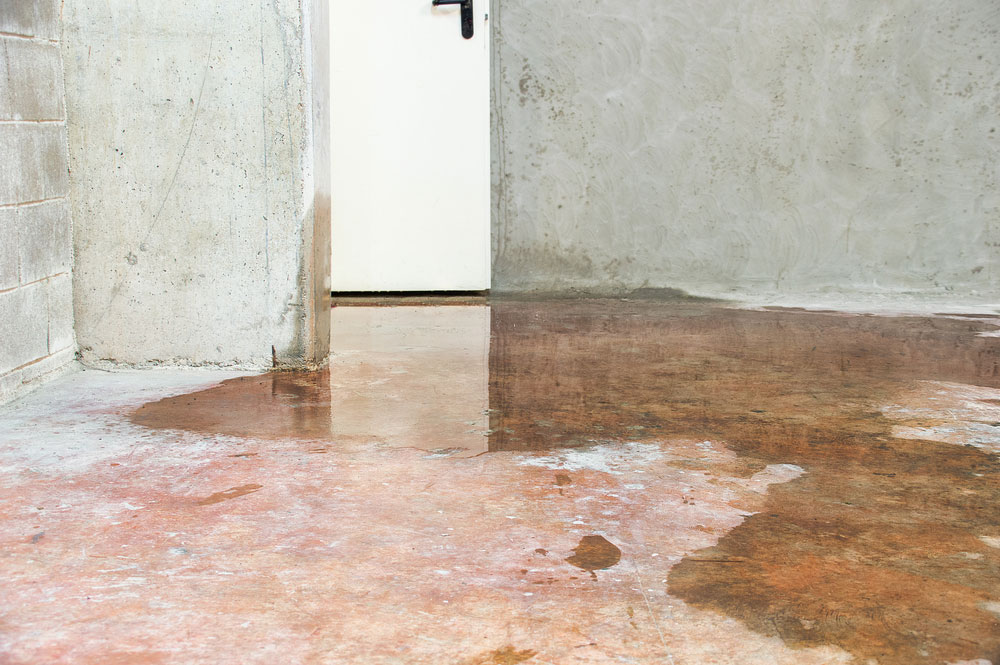Water damage is one of the most persistent and costly issues homeowners face, especially in basements and lower levels of the home. While exterior waterproofing is often the first line of defense, interior waterproofing provides crucial protection from moisture and structural threats that occur inside the home.
It addresses the root causes of water intrusion and works to keep your space dry, healthy, and structurally sound. Interior waterproofing systems are designed to prevent leaks, manage water buildup, and protect against long-term issues such as mold and foundation deterioration.
Understanding what problems this method solves can help you make informed decisions and avoid expensive repairs down the road.
Basement Leaks and Standing Water
One of the most common problems solved by interior waterproofing is water seeping into the basement.
- Waterproofing solutions like sump pumps and interior drainage systems collect and redirect groundwater before it pools.
- Wall sealants and waterproof membranes prevent moisture from entering through cracks or porous materials.
- Floor drains can be installed to guide water to a sump basin, reducing flooding during heavy rains or snowmelt.
Basement leaks not only damage flooring and walls, but also create an environment where mold and mildew can thrive. Interior waterproofing helps create a dry, usable space, whether it’s for storage or living.
Mold and Mildew Growth
Moisture is a key ingredient in mold and mildew formation, both of which can harm your home and health.
- Dehumidifiers and air circulation improvements are often included in interior waterproofing plans to lower indoor humidity.
- Vapor barriers and wall coatings stop moisture from passing through surfaces, reducing the risk of mold colonies.
- Preventing standing water also cuts off the primary source of nourishment for mold spores.
Mold and mildew can aggravate allergies, asthma, and other respiratory issues. Interior waterproofing helps maintain a healthier indoor environment, especially in damp-prone areas like basements and crawl spaces.
Structural Damage and Foundation Deterioration
Water doesn’t just ruin drywall and flooring—it can compromise the very structure of your home.
- Hydrostatic pressure from groundwater can cause basement walls to bow, crack, or shift.
- Interior systems like drainage channels relieve pressure against the foundation by moving water away.
- Crack injections and wall reinforcement techniques are often used in conjunction with waterproofing to stop existing damage from worsening.
By managing moisture and pressure from the inside, interior waterproofing plays a key role in preserving your home’s stability and safety over time.
Dampness and Musty Odors
Even if visible leaks aren’t present, lingering dampness and musty smells are signs of moisture problems.
- Waterproof paints and coatings help seal basement walls and floors to block dampness.
- Interior waterproofing systems regulate humidity and remove the excess moisture that causes odors.
- Mold-resistant insulation and finishing materials can be installed to reduce long-term smell buildup.
Unpleasant odors not only make your home uncomfortable, but they can also signal larger underlying issues. Waterproofing addresses the source, not just the symptom, helping to create a fresh and clean atmosphere throughout your living space.
Interior waterproofing offers a powerful solution to a range of common home problems—from basement flooding and musty smells to mold growth and structural damage. By installing systems that manage water from the inside, you gain an effective layer of protection that works year-round, regardless of weather conditions outside.
Whether you’re dealing with minor dampness or more severe leakage issues, investing in interior waterproofing can help preserve your home’s integrity, improve air quality, and give you peace of mind. It’s a smart, long-term step toward a safer, drier, and healthier living environment.

